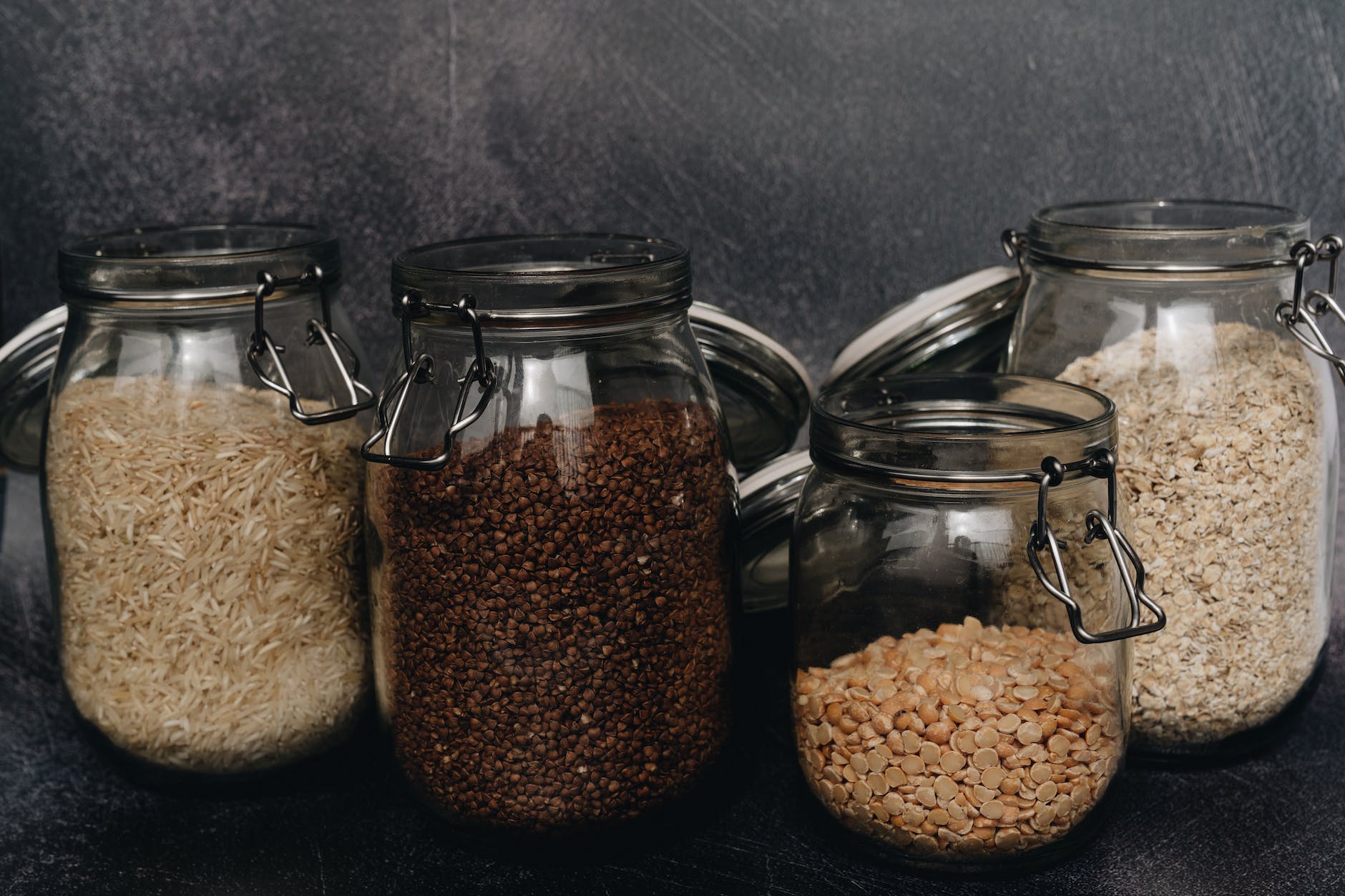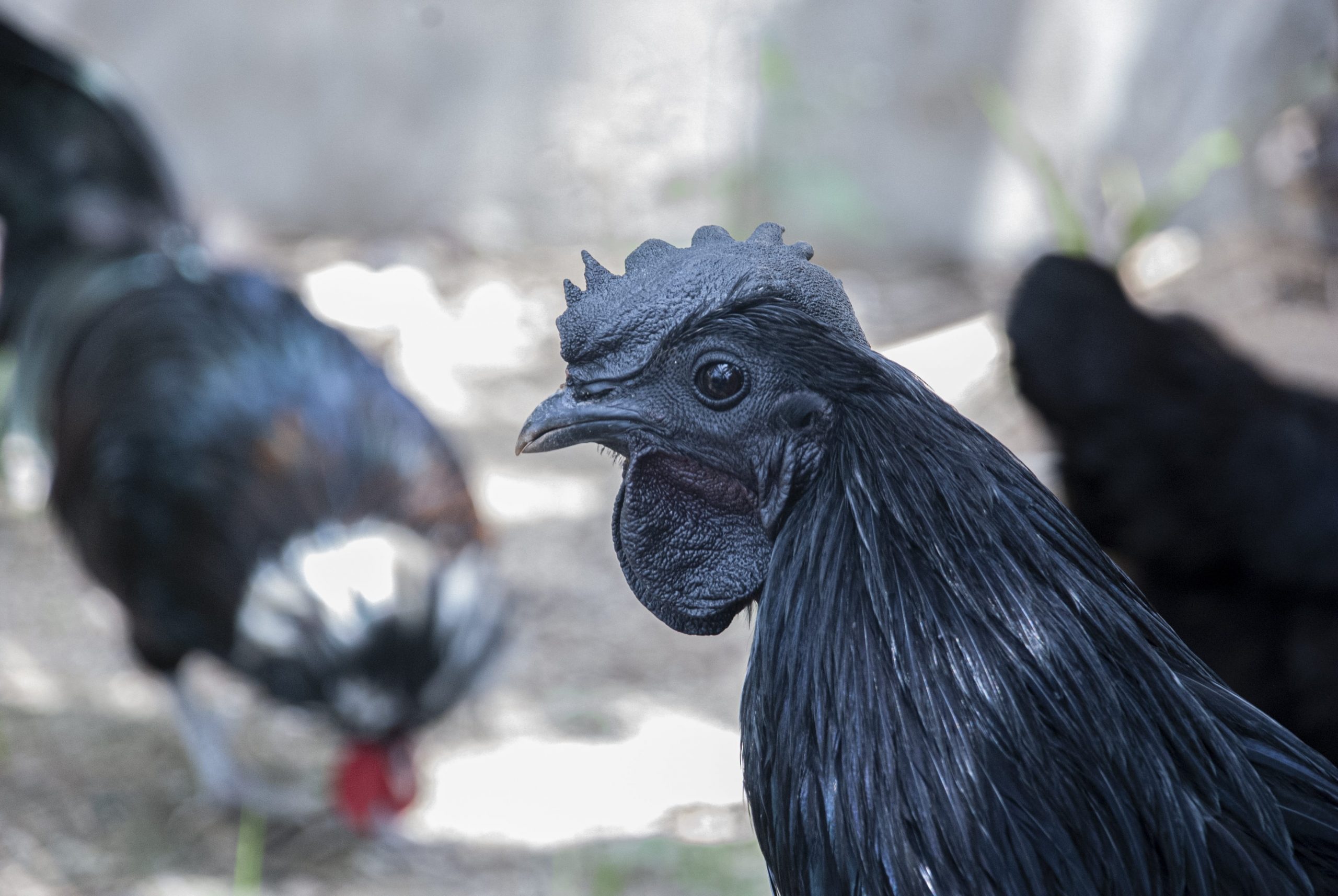
The world of food is no longer just about taste and satiety. It’s a world that also delves into health, environment, and ethics, where food not only satiates our hunger but also nourishes our body, mind, and soul. A rising trend that reflects this evolved outlook is plant-based eating. Central to this narrative is the practice of meal prep and the diligent management of protein intake, particularly for vegans. A star player in this scene is an unassuming yet versatile ingredient – the humble lentil. Come, let’s embark on this gourmet journey to learn more.
The Art of Meal Prep in a Plant-Based Paradigm
Preparing meals ahead of time, or ‘meal prep,’ is an art and a science. It’s about organizing, planning, and creating meals in advance to save time, money, and effort, while ensuring that you stay committed to your dietary goals. With the busy lifestyles that many of us lead, it’s no wonder that meal prep has become such a popular trend.
In the context of a plant-based diet, meal prep takes on an even more important role. It serves as a vehicle to achieve the balance and variety that are crucial to meet nutritional needs. A well-planned meal prep routine can ensure that your fridge and pantry are always stocked with ready-to-go plant-based meals and snacks, saving you from last-minute unhealthy choices.
Meal prep begins with planning. You need to know what you’ll eat for the week, the ingredients you’ll need, and when you’ll cook. It can be as simple as pre-chopping veggies, cooking grains and legumes in bulk, or as elaborate as preparing full meals that are ready to heat and eat.
Plant-based meal prep also involves a certain level of creativity. You’re working with a cornucopia of fruits, vegetables, grains, nuts, and legumes, each with its own flavor profile and texture. You might have a grain bowl with quinoa, roasted chickpeas, and a rainbow of veggies one day, and a hearty lentil stew the next. The possibilities are endless.
The Protein Predicament and Plant-Based Eating
One of the most common concerns about plant-based diets is meeting protein requirements. Protein is an essential macronutrient that plays a critical role in virtually all biological processes, including cell repair and immune function.
For those following a vegan or vegetarian diet, getting enough protein requires a bit more planning. While it’s a myth that plant-based diets can’t provide enough protein, it is true that plant-based proteins are often incomplete, meaning they lack one or more essential amino acids.
However, by eating a variety of plant-based protein sources, it’s entirely possible to get all the essential amino acids your body needs. This is where the concept of protein complementarity comes in, which involves combining different plant-based proteins to create a complete protein profile.
For example, grains are low in the amino acid lysine, while legumes are rich in it. By consuming both, you can ensure that you’re getting all the essential amino acids. A classic example of this is the traditional dish of rice and beans.
The Gourmet Guide to Lentils: Types, Origins, and Uses
Enter lentils, a type of legume that is a protein powerhouse and a vegan’s best friend. They are also rich in fiber, iron, and folate, making them an excellent addition to a balanced diet. But lentils aren’t just nutritious, they’re also incredibly versatile and have a gourmet potential that is often overlooked.
Lentils come in various colors and sizes, each with its own unique flavor and texture. Here are a few:
- Green Lentils: These have a slightly peppery flavor and maintain a firm texture even after cooking, making them perfect for salads and side dishes. Originating in Europe, they’re often used in French cuisine.
- Brown Lentils: The most common type, brown lentils have a mild, earthy flavor and soft texture. They’re great for soups and stews and originate from the Near East, the birthplace of many legumes.
- Red and Yellow Lentils: These lentils are sweet and nutty, and they cook quickly, turning creamy when cooked. They’re the stars of Indian and Middle Eastern cuisines, often used in dals and curries.
- Black Beluga Lentils: Named for their resemblance to beluga caviar, these lentils have a deep, earthy flavor and hold their shape well. They’re native to North America and are ideal for gourmet dishes.
- Puy Lentils: These are a type of green lentils that hail from the Puy region in France. They have a slightly more pronounced flavor and are often more expensive due to their AOC (Appellation d’Origine Contrôlée) status.
Lentils are a testament to the versatility and nutritional prowess of plant-based foods. They can be cooked into comforting soups, used in hearty salads, blended into flavorful spreads, or served as a protein-rich base for a variety of dishes.
Here are 10 delectable high-protein meal prep ideas that use lentils as a flavorful and nutritious alternative to chicken. For each recipe, we’ve included detailed cooking instructions, estimated macros, alternate ingredients, cooking time, the best time to eat, storage instructions, and other helpful tips.
1. Lentil Bolognese
To prepare this dish, start by sautéing onions, garlic, celery, and carrots in olive oil until they soften. Add cooked green lentils, canned tomatoes, and your preferred herbs like basil and oregano. Let it simmer until the flavors meld together. Serve this hearty sauce over your choice of pasta, and sprinkle with nutritional yeast or vegan Parmesan for a cheesy flavor without the dairy.
- Macros (per serving): 18g protein, 55g carbs, 8g fat
- Alternate ingredient: Use whole-grain pasta or spaghetti squash for added fiber
- Cooking time: 45 minutes
- Best time to eat: Lunch or dinner
- Storage instructions: Refrigerate for up to 5 days or freeze for up to 3 months
2. Lentil Stuffed Peppers
Begin by halving and deseeding bell peppers. Prepare a filling of cooked brown lentils, onions, garlic, diced tomatoes, and your choice of spices. Fill each pepper half with the lentil mixture, then bake until the peppers are tender.
- Macros (per serving): 15g protein, 45g carbs, 6g fat
- Alternate ingredient: Substitute bell peppers with hollowed-out zucchini or eggplant
- Cooking time: 50 minutes
- Best time to eat: Lunch or dinner
- Storage instructions: Store in an airtight container in the fridge for up to 4 days
3. Lentil Loaf
Mix cooked green lentils with onions, carrots, celery, breadcrumbs, and your choice of herbs and spices. Press the mixture into a loaf pan and bake until firm and golden brown. You can even top it with a tangy tomato glaze for extra flavor.
- Macros (per serving): 20g protein, 35g carbs, 5g fat
- Alternate ingredient: Substitute breadcrumbs with oatmeal for a gluten-free option
- Cooking time: 1 hour
- Best time to eat: Dinner
- Storage instructions: Refrigerate for up to 5 days or freeze individual slices for up to 3 months
4. Lentil and Vegetable Stir-Fry
Sauté cooked green lentils with your favorite stir-fry veggies in a wok or large pan. Add a savory sauce made from soy sauce, rice vinegar, and a touch of maple syrup, then serve over brown rice or quinoa.
- Macros (per serving): 18g protein, 60g carbs, 10g fat
- Alternate ingredient: Use tamari instead of soy sauce for a gluten-free version
- Cooking time: 30 minutes
- Best time to eat: Lunch or dinner
- Storage instructions: Store in an airtight container in the fridge for up to 3 days
5. Lentil Curry
Sauté onions, garlic, and ginger in coconut oil, then add curry powder and other spices to taste. Stir in red lentils and coconut
milk, then simmer until the lentils are tender and the flavors have combined.
- Macros (per serving): 18g protein, 40g carbs, 15g fat
- Alternate ingredient: Add diced sweet potatoes or spinach for extra nutrients
- Cooking time: 40 minutes
- Best time to eat: Dinner
- Storage instructions: Refrigerate for up to 5 days or freeze for up to 3 months
6. Lentil Tacos
Cook brown lentils with onions, garlic, and a blend of Mexican spices until tender. Spoon the mixture into corn tortillas and top with salsa, avocado, and shredded lettuce.
- Macros (per serving): 16g protein, 40g carbs, 6g fat
- Alternate ingredient: Use lettuce wraps for a lower-carb option
- Cooking time: 30 minutes
- Best time to eat: Lunch or dinner
- Storage instructions: Store the lentil filling in an airtight container in the fridge for up to 5 days. Assemble tacos just before eating.
7. Mediterranean Lentil Salad
Mix cooked green lentils with chopped cucumbers, tomatoes, red onions, and parsley. Toss in a dressing made from olive oil, lemon juice, garlic, and your choice of Mediterranean spices.
- Macros (per serving): 17g protein, 45g carbs, 10g fat
- Alternate ingredient: Add kalamata olives or vegan feta cheese for extra flavor
- Cooking time: 20 minutes (excluding lentil cooking time)
- Best time to eat: Lunch
- Storage instructions: Store in an airtight container in the fridge for up to 5 days.
8. Lentil Soup
Sauté onions, carrots, and celery in olive oil, then add vegetable broth, green lentils, and your choice of herbs. Simmer until the lentils are tender, then blend half the soup for a creamier texture.
- Macros (per serving): 15g protein, 40g carbs, 5g fat
- Alternate ingredient: Add diced tomatoes or spinach for extra nutrients
- Cooking time: 45 minutes
- Best time to eat: Lunch or dinner
- Storage instructions: Refrigerate for up to 5 days or freeze for up to 3 months
9. Lentil Burgers
Blend cooked brown lentils with onions, garlic, breadcrumbs, and your preferred spices, then shape into patties and bake or pan-fry. Serve in a whole grain bun with your favorite burger toppings.
- Macros (per serving): 18g protein, 45g carbs, 6g fat
- Alternate ingredient: Substitute breadcrumbs with oatmeal for a gluten-free option
- Cooking time: 30 minutes
- Best time to eat: Lunch or dinner
- Storage instructions: Refrigerate patties for up to 5 days or freeze for up to 3 months
10. Lentil and Vegetable Stir-Fry
Sauté cooked green lentils with your favorite stir-fry veggies in a wok or large pan. Add a savory sauce made from soy sauce, rice vinegar, and a touch of maple syrup, then serve over brown rice or quinoa.
- Macros (per serving): 18g protein, 60g carbs, 10g fat
- Alternate ingredient: Use tamari instead of soy sauce for a gluten-free version
- Cooking time: 30 minutes
- Best Time to Eat: Lunch or dinner
- Storage instructions: Store in an airtight container in the fridge for up to 3 days
Please note that these macronutrient estimates can vary depending on the exact ingredients used and portion sizes. Always adjust according to your specific dietary needs and preferences.
Adopting a Plant-Based Diet doesn’t mean you have to Compromise on Flavor
In conclusion, adopting a plant-based diet doesn’t mean you have to compromise on flavor, variety, or nutritional balance. Each of these lentil-based recipes showcases the versatility of this humble legume, turning it into a star ingredient in dishes that are not only packed with protein, but also rich in fiber, iron, and other essential nutrients.
The beauty of these recipes lies not only in their nutritional profile but also in their flexibility. Whether you’re a seasoned vegan, someone trying to incorporate more plant-based meals into your diet, or even a non-vegetarian looking for exciting new ways to enjoy lentils, these recipes offer something for everyone. The alternate ingredients suggested for each recipe further allow you to tweak and adjust according to your dietary preferences and nutritional needs.
What’s more, all these recipes are designed with meal prep in mind, ensuring that you can enjoy a week’s worth of nutritious and delicious meals with minimal daily cooking. The storage instructions provided for each recipe also make it easy for you to plan your meals and manage your time effectively.
Now, it’s your turn to bring these recipes to life in your kitchen. Remember, the best way to become comfortable with meal prepping is to just start. Begin with one or two recipes, then gradually expand your repertoire. Over time, you’ll find that meal prepping can save you time, reduce food waste, and help you stay on track with your nutritional goals.
As you embark on your plant-based meal prep journey, we encourage you to share your experiences. Did you try out any of these recipes? Do you have any tips or tricks for meal-prepping with lentils? How have these recipes helped you in achieving your dietary goals? Sharing your thoughts not only helps you reflect on your own experiences but also inspires others in their journey.
Lastly, if you found this guide helpful, we encourage you to share it with your friends and family. Whether they’re vegans, vegetarians, flexitarians, or just food enthusiasts, they’re sure to appreciate these flavorful and nutritious recipes. Remember, good food becomes even better when shared with loved ones.
Thank you for joining us in exploring the delicious world of lentils. We hope this guide has inspired you to see this humble legume in a new light and has equipped you with the knowledge and confidence to incorporate more plant-based meals into your diet. Here’s to a future filled with delicious, nutritious, and sustainable eating!












